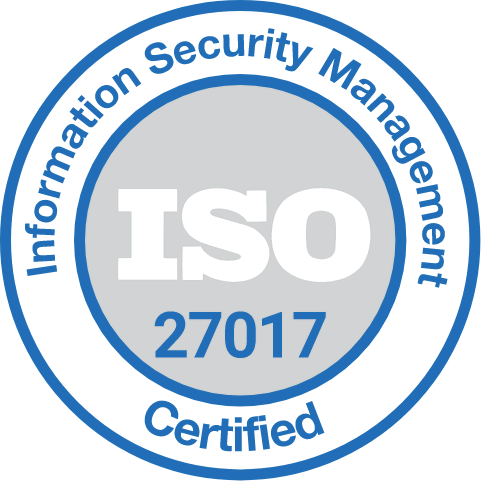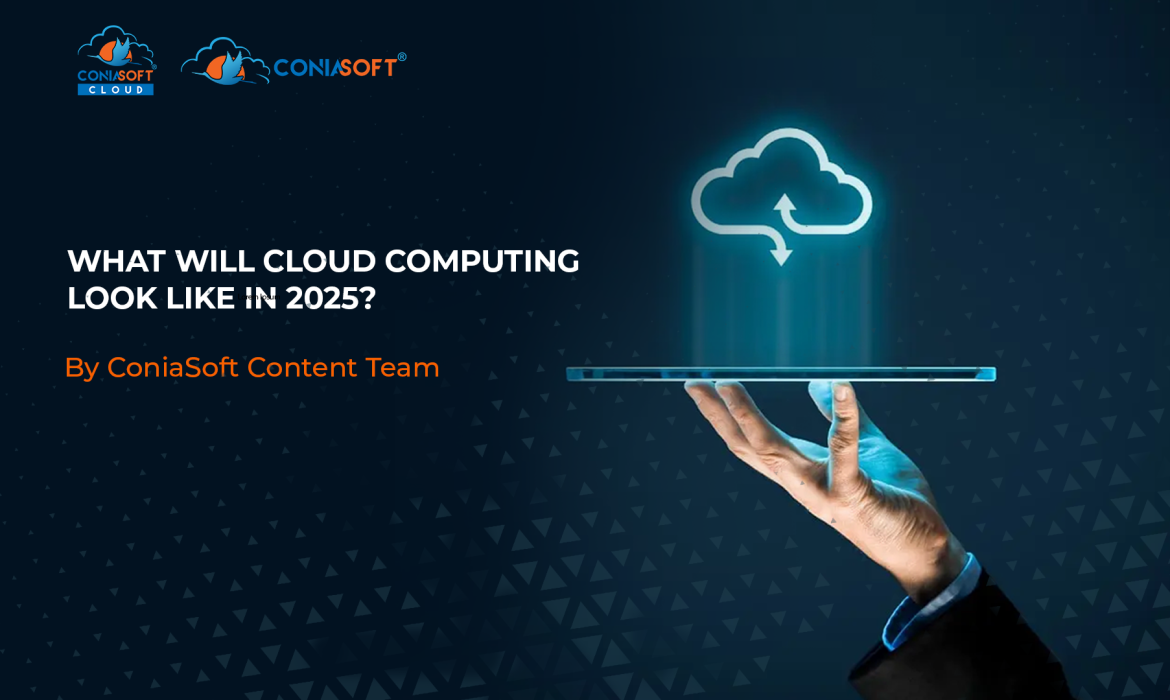CONIASOFT BLOG HOW CONIASOFT SIMPLIFIED SOFTWARE SERVICES?
The digital landscape is a vast and dynamic maze, constantly shifting and evolving with the rapid pace of technological innovation. In today’s competitive environment, businesses are not only required to keep up with these advancements but to expertly harness them in order to stand out in a crowded marketplace. This is where software services come into play, serving as both a compass and a detailed map for organizations navigating the intricacies of this complex terrain.
CONIASOFT BLOG ESSENTIAL TOOLS EVERY NEW DEVELOPER SHOULD LEARN
Welcome to the thrilling and ever-evolving world of software development! You’ve taken a bold step, diving into a programming language, and now you’re eager to create innovative projects. However, coding is just one part of the entire journey. To truly excel as a developer, it’s crucial to equip yourself with the right set of tools. This detailed blog will introduce you to the essential tools that every new developer should become familiar with.
The Importance of Agile Methodology in Software Development
At ConiaSoft, we understand that delivering exceptional software products tailored to our clients’ needs is absolutely essential. To achieve this mission, we have wholeheartedly adopted an agile methodology in our software
development process.
WHY IS SECURING DATA WITH SQL BACKUP NECESSARY IN MODERN BUSINESS WORLD?
Data is the lifeblood of any modern business, pulsing through every operation and decision. For ConiaSoft, data transcends mere information; it serves as the very core of our applications, encapsulating the history of our interactions and laying the groundwork for our innovative future. That’s why we consider it vital to implement robust data backup and recovery strategies.
CONIASOFT BLOG THE REVOLUTIONIZING ROLE OF DEVOPS IN SOFTWARE DEVELOPMENT
The software development landscape is in a state of constant transformation, characterized by the need for quicker release cycles, enhanced collaboration among teams, and streamlined integration between development and operations. This is where DevOps comes into play—a groundbreaking methodology that is fundamentally changing the way we create and deliver software solutions. At ConiaSoft, we have wholeheartedly adopted the principles of DevOps, and the results are evident. We are witnessing a remarkable increase in efficiency and innovation, enabling our clients to thrive in a competitive marketplace. The synergy fostered by DevOps not only accelerates project timelines but also enhances the quality of our software, ensuring that we meet and exceed client expectations.
CONIASOFT BLOG WHAT YOU NEED TO KNOW ABOUT CLOUD STORAGE?
In the fast-paced digital landscape of today, businesses are generating an astonishing volume of data at an exponential rate. From intricate customer profiles and essential financial documents to sensitive employee records and pivotal business applications, data has become the lifeblood that sustains and drives any organization forward. Efficiently managing, securely storing, and easily accessing this wealth of information has become a critical priority for businesses aiming to thrive in a competitive environment. This is precisely where cloud storage stays a revolutionary solution, offering unparalleled flexibility, scalability, and security to help organizations harness their data’s full potential.
HOW TO UNLOCK DIGITAL TRANSFORMATION WITH THE POWER OF SAAS?
Digital transformation has evolved from a distant goal into a fundamental aspect of modern business operations. In today’s fast-paced and highly competitive environment, companies across various sectors are recognizing the necessity of adopting digital technologies. By doing so, they can optimize their operational processes, improve customer engagement, and ultimately secure a stronger position in the marketplace.
TRENDS TO WATCH IN CLOUD ACCOUNTING 2024
Cloud computing has transformed accounting procedures, altering financial data management and strategic decision-making. Accounting’s future is digital transformation, and businesses must stay current on emerging developments like artificial intelligence, machine learning, blockchain technology, and data protection and compliance. The future of cloud accounting is dynamic and exciting, emphasising the need to stay ahead of financial and commercial innovation.
ACCOUNTING PERIODS THAT ARE IRREGULAR AND HOW SOFTWARE MIGHT HELP WITH THIS PROBLEM
The rhyme “Thirty days hath September, April, June, and November” was written to help children learn about the calendar. However, calendar inconsistencies can be annoying for finance experts. It can be difficult to compare retail sales between months with various Saturdays or to compare performance in a 28-day month to a 31-day month. Some business professionals have altered the calendar to better meet the needs of accountants, making calculations easier and more precise.
LOAD BALANCING IN CLOUD COMPUTING
In cloud computing, load balancing entails dispersing traffic and workloads to avoid server or computer overload or idleness. It improves execution time, reaction time, and overall system stability. The load-balancing architecture, which consists of a load balancer between servers and client devices, evenly distributes traffic, workloads, and computing resources, boosting the efficiency and dependability of cloud applications. Businesses can use this to distribute host resources and client requests over numerous computers, application servers, or computer networks. Load balancing is critical in cloud computing, with the cloud system optimising each device’s load balance. This blog post examines the significance of load balancing in the cloud environment and the numerous load-balancing techniques utilised in cloud computing.


























